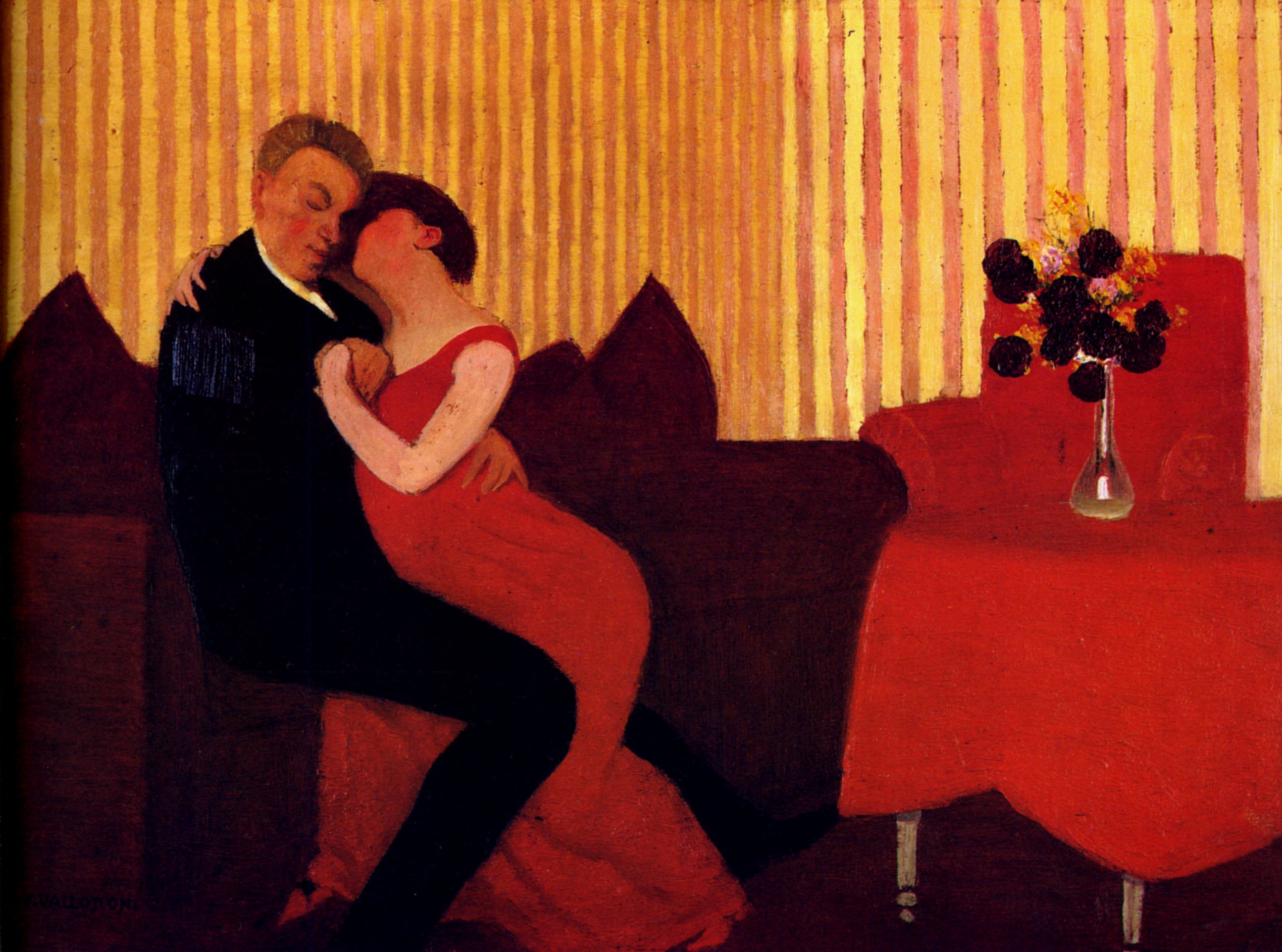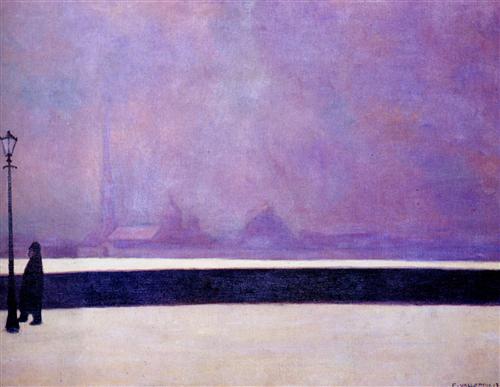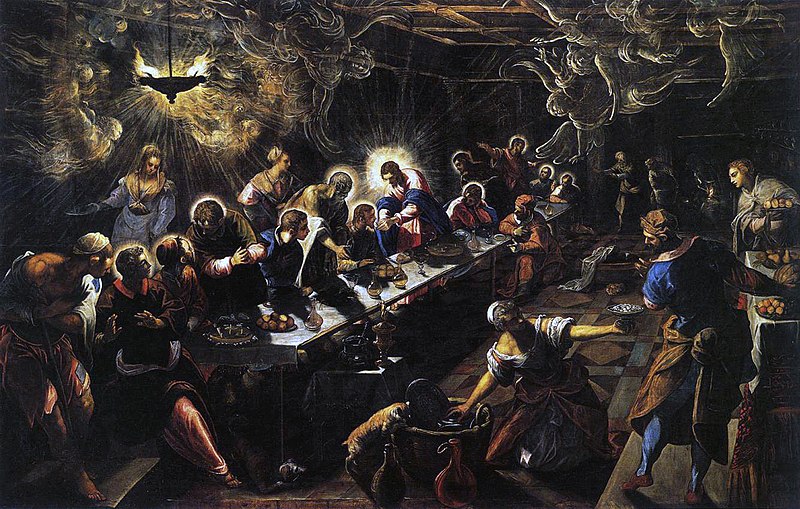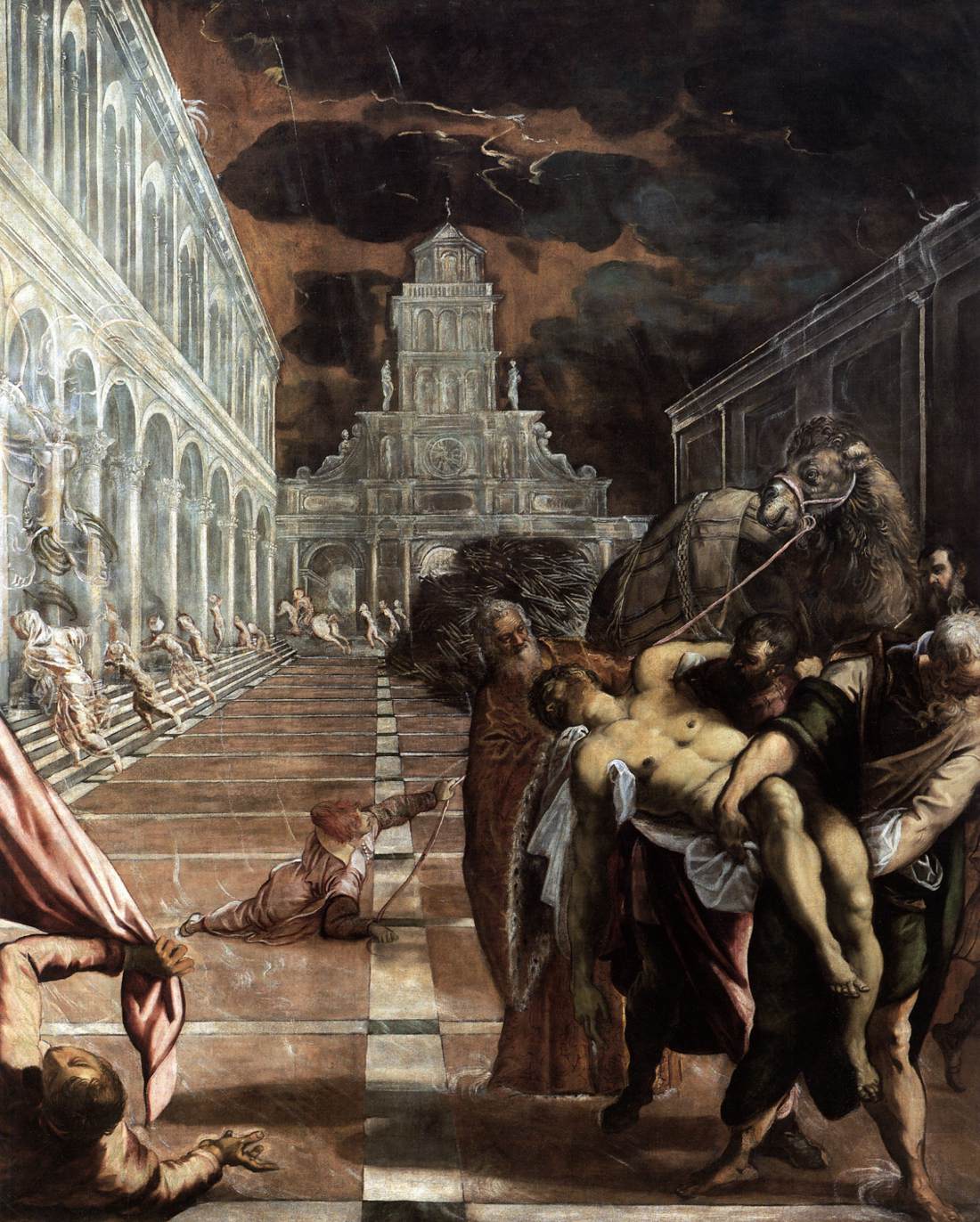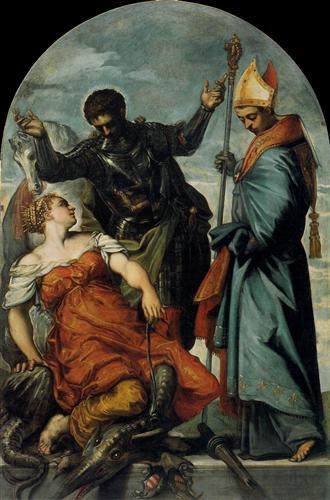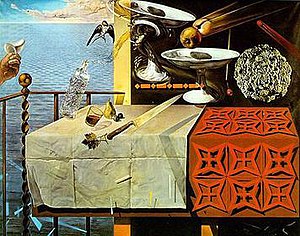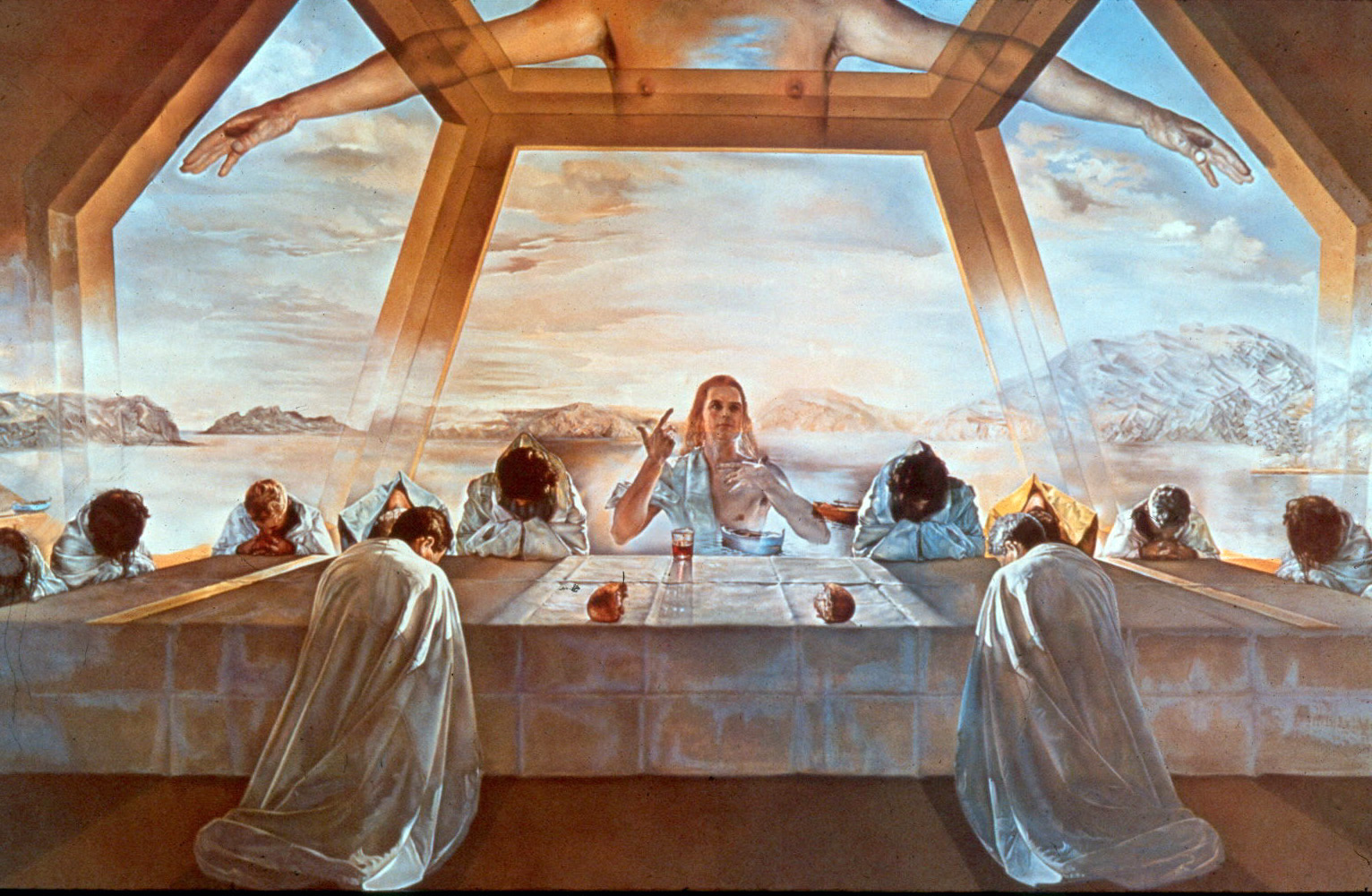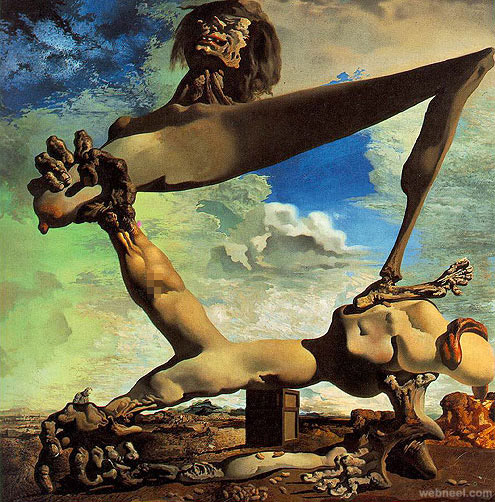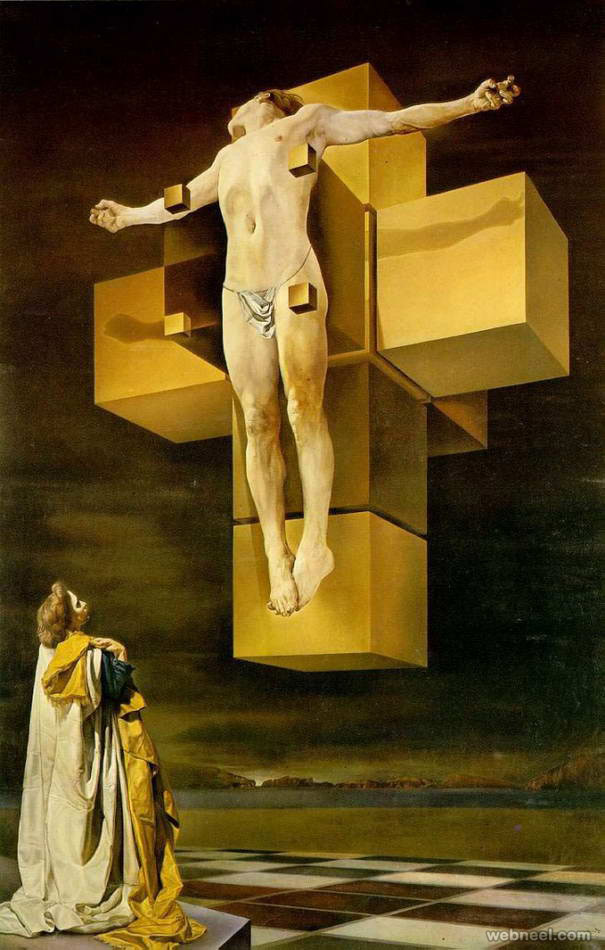"One generation abandons the enterprise of another like stranded vessels."- Henry David Thoreau, Walden
Andrew Wyeth spoke through the voice of nature. Nature in its most pristine, the least verbose, still retaining that primitive simplicity only the pioneers would know. Wyeth preached the esoteric prophesy; he recounted the mythic tales of the wounded souls, the physically deformed. There is, in his paintings, a nostalgic value that renders his art peculiarly biblical. Modern civilisation is mostly and blissfully omitted; the main feature of the painting is often that of a vast frontier- equable, silent and sparsely peopled. The visionary power of Wyeth’s art is almost comparable to that of the religious paintings. One inexorably has his conscience tugged when seeing Wyeth’s paintings as though one were standing before an altarpiece of Jesus and Madonna.
Interestingly, as though testifying to the obsolescence of his art, Wyeth’s paintings were mostly executed in temperas. The medium confers on his work a feeling of dryness and chalkiness that perfectly evokes the profound spirit of America’s rural past. There is also a sense of flatness that renders the figures as if divested of substance, and would be remedied if the paintings were painted with oil. I wonder if this gave some critics the reason to suggest that Wyeth’s art vacillates between abstraction and realism but, as plenty of medieval altarpieces were as well based on tempera, do we also suppose that this want of three-dimensionality, to which such method of painting is conducive, betrays a tendency towards abstraction? Something seems seriously amiss with such statement that I cannot pinpoint. But I do not recall anyone referring to Giotto’s marvelous religious cycle as tending towards abstraction.
I was initiated into the art of Wyeth through Christina’s World (1948). In it a woman seems to be struggling her way towards the house on all fours. She is half-reclining on a tawny field; the meticulous attention on the details of the grass is superb, one can virtually and clearly discern each individual blade. A feeling of isolation and desertion reigns over this desolate piece. The woman is in reality one named Anna Christina Olson, who had suffered from a muscular deterioration that paralysed her lower body. Apparently Olson was an acquaintance of Wyeth, and the painter must have found her deformity to be peculiarly inspiring, the spectacle of her crawling across the field worth immortalising. Wyeth’s insistence on featuring the helpless Olson into his painting is, to say the least, unnerving. Such disturbing sight, however, whips up one’s sympathy with the woman- to be abandoned on a vast land, to battle on her own without assistance, to be assaulted by fear, apprehension, and unknown danger.
The “tawny field” was to become a leitmotif in Wyeth’s oeuvre. Prior to Christina’s World the presence of the “tawny field” already took central stage in Turkey Pond (1944), which depicts Walt Anderson, a friend of Wyeth, crossing the field towards the pond on the horizon. One hand tucked in the pocket and presumably walking in strides, Anderson exudes no redoubtable fear of the forbidding dominance of nature. Instead his manner bespeaks a proprietary confidence; not one blade of grass will have the impudence to bar his way. Nature is a wild animal already tamed.
Wyeth once underwent a major surgery to remove a portion of his lung.Trodden Weed (1951) was painted during the period of the painter’s convalescence. The painting displays a close-up of Wyeth’s feet, protected by a pair of worn boots, as they stand firmly on the ground, which is overrun with weeds. One senses both feet to be slightly trembling; the merest exertion of putting forth a step appears to be quite an arduous undertaking. In hope of regaining his energy, Wyeth was taking a stroll around Kuerner’s Hill in Chadds Ford, which the painter had frequented since he was young. Nature was his loyal companion, who welcomed Wyeth’s return with the comfort of old familiarity. But nature also hinted at a bleak respect of the painter’s mortality- the grass was trampled flat and smooth under Wyeth’s boots yet they still grew; such potency of resurgence was what the aging Wyeth was denied of.
The narratives of Wyeth’s paintings are deeply personal, yet reflective of a time when the relationship between mankind and nature was one of the least inimical of coexistence. There was no rivalry, no dogged desire of triumphing over the other, no corruption, and men were yet haughty and foolish enough to assume the utmost authority over all living things. Such nostalgia and spirit were, for Wyeth, ones that dwelled in the heart of the American soul.



